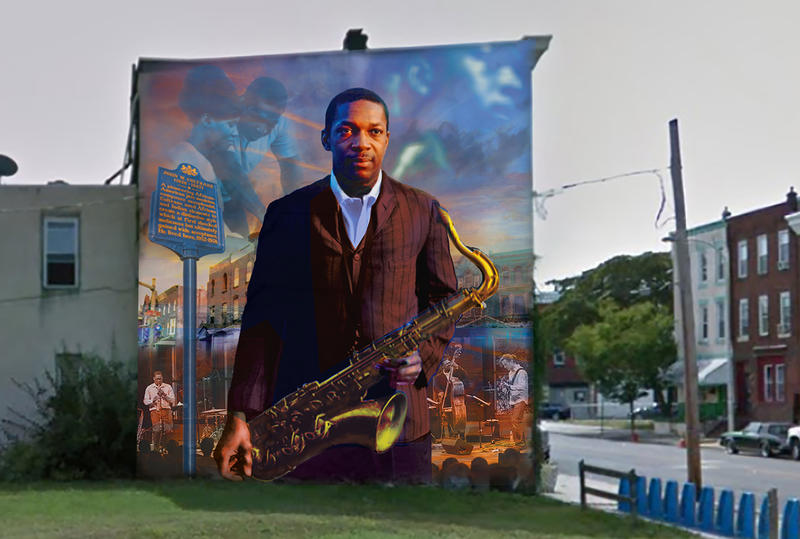There’s a good argument to be made that some of the most insightful writing about the United States comes from artists observing the country from afar or through the eyes of a bemused newcomer. For European artists and thinkers, writing about the behemoth across the sea seems to have proven an irresistible challenge from the start, even if, like Franz Kafka, some never set foot on the continent. Alexis de Tocqueville, Werner Herzog, Martin Amis, Wim Wenders, the list could go on and on, and would include many very enlightening perspectives.
But not every such effort has been a success, in either critical or commercial terms. Michelangelo Antonioni’s Zabriskie Point (1970), for example, the Italian director’s “only American movie,” writes Richard Metzger at Dangerous Minds, “completely missed its mark and failed to capture the zeitgeist of the hippie New Left counterculture of the era.”
When the film was released in 1970, “audiences and critics alike hated it, just hated it.” The film’s young, unknown male lead Mark Frechette “distanced himself from the director,” writes Dennis Lim at Slate, saying, “he wasn’t making a film about any America I knew.” Guitarist John Fahey, in Rome to record a song for the film, almost came to blows with Antonioni “when the maestro launched into an anti-American rant.”
If Antonioni came off to his critics as a “clueless tourist” cinematically, he also passed up an excellent opportunity musically. In the studio when the Doors recorded “L’America” for L.A. Woman, he “inexplicably turned down the track, which could have worked spectacularly well in his film.” Instead, thanks in large part to his co-writer and current girlfriend Clare Peploe, Antonioni chose Pink Floyd to score the film, after hearing Peploe’s copy of Ummagumma. He loved the album, and listened to it obsessively, especially the dramatic, psychedelic “Careful with that Axe, Eugene.”
In the end, however, only three songs from the band made the final cut. Antonioni instead filled out the soundtrack with music by Fahey, The Youngbloods, Roy Orbison, The Grateful Dead, and others. The complete recording of the original Floyd soundtrack was never commercially released and has only officially existed in fragments. One fan in a music forum notes that the 2 CD Zabriskie Point soundtrack includes the three songs from the film and four unused bonus tracks. The huge, and hugely expensive, Floyd box set The Early Years contains 16 outtakes, none of them on the soundtrack CD.
The only way fans have been able to hear the complete, original soundtrack has been through a series of bootlegs, some featuring only the eight intended final songs, others including some or all of the known outtakes. One such compilation, above, collects several songs and outtakes, but doesn’t include the full completed soundtrack. Despite this discographic disarray, the discarded original soundtrack, in its many forms, has proven “an extremely satisfying listen,” Metzger writes. If it sounds “like a ‘lost’ Pink Floyd album recorded at the end of 1969,” it’s “because that’s exactly what it is.” Reminding us at times of Atom Heart Mother, or Meddle, or Ummagumma, it both looks back at previous work and ahead toward what’s to come.
The band turned out some uncharacteristically straight-ahead electric barroom blues (above). “Heart Beat, Pig Meant,” which appears over the film’s opening credits (top) “was Pink Floyd’s first time using a human heartbeat as a musical instrument (but it would not be the last).” Richard Wright’s “The Violent Sequence,” further up, may have been scrapped by Antonioni, but it would later “be retooled as ‘Us and Them’ on Dark Side of the Moon.” Aside from that album’s unintended life as uncanny sonic accompaniment to The Wizard of Oz, the band did some of its most experimental, and transitional, work through film soundtracks, such as those for Barbet Schroeder’s 1969 More and 1972 film The Valley. Their work with Antonioni is no exception, but Zabriskie Point, likely because of its many confusing states of existence, has not received as much attention.
Perhaps it’s time to revisit Zabriskie Point, the film, as well as its original soundtrack. As fans of Pink Floyd, we can see what inspired the band to create music that would help determine the direction of their epic albums to come. As fans of Antonioni, perhaps, we may come to a greater appreciation of his much-maligned flop, which Lim contends “is of a piece with Antonioni’s best work: a luxuriant portrait of spiritual alienation with a sense of place far more expressive than its blankly beautiful characters.” Given that description, it’s no wonder Antonioni found Pink Floyd such an intriguing choice, even if neither the Italian director nor English band had said much of anything in their work about the cauldron of political unrest, sexual experimentation, and cultural disaffection of the U.S. in the late 60s.
via Dangerous Minds
Related Content:
Pink Floyd’s “Echoes” Provides a Soundtrack for the Final Scene of Kubrick’s 2001: A Space Odyssey
Hear Lost Recording of Pink Floyd Playing with Jazz Violinist Stéphane Grappelli on “Wish You Were Here”
Syd Barrett’s “Effervescing Elephant” Comes to Life in a New Retro-Style Animation
Josh Jones is a writer and musician based in Durham, NC. Follow him at @jdmagness


